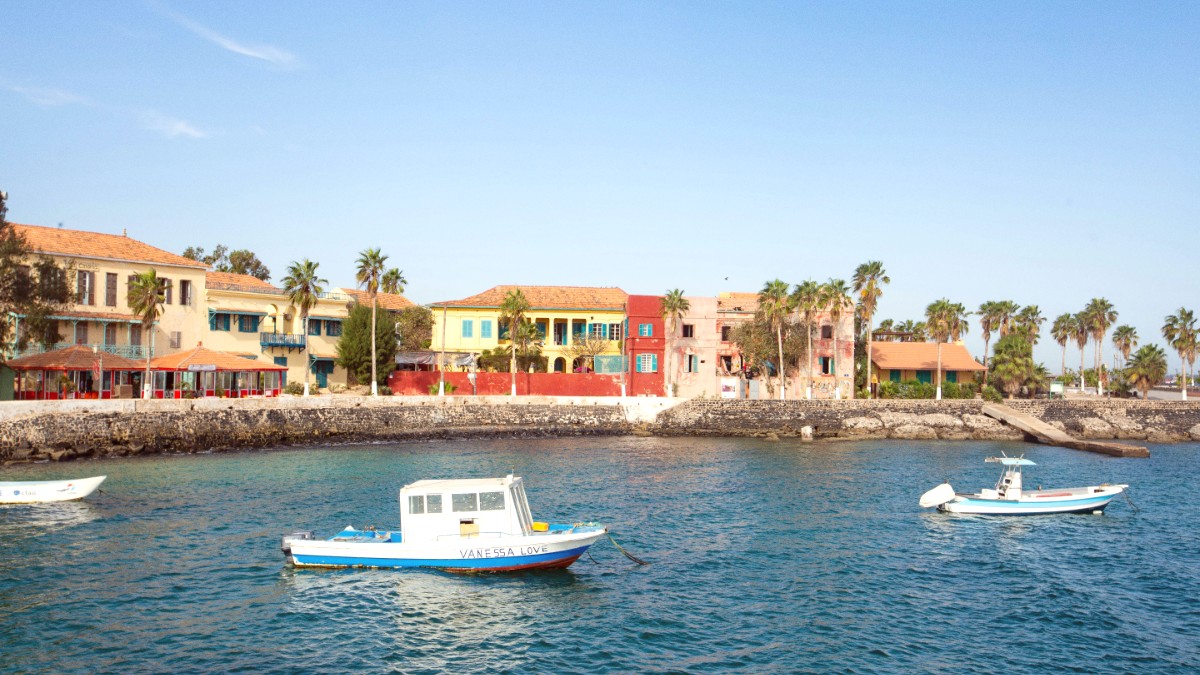
Senegal
Blaise Diagne International Airport (DSS): Located in Diass, approx. 45 km (28 miles) east of Dakar city center. This modern airport serves as Senegal’s main international air hub.
DSS connects to various continents. Find your direct route.
Flight prices rise during peak dry season (Nov-Feb), especially around holidays. Book early. Lower prices often appear during the rainy season (Jul-Oct).
DSS offers duty-free shops, various restaurants/cafes, currency exchange, ATMs, car rental agencies, VIP lounges, and generally available Wi-Fi.
Taxis are outside the terminal (XOF 10,000-15,000 to city). Ndiaga Ndiayes (shared minibuses) are cheaper. Private transfers are available. TER (Train) connects DSS to Diamniadio.
Senegal shares land borders with Mauritania, Mali, Guinea, Guinea-Bissau, and The Gambia. Crossings can be time-consuming; use official posts. Check visa requirements for neighboring countries beforehand.
TER (Train Express Régional) is a modern commuter line connecting Dakar to Diamniadio. Long-distance private bus companies serve intercity routes (e.g., Saint-Louis, Thiès) and neighboring countries.
An International Driving Permit (IDP) is needed. Self-driving is not recommended in Dakar due to heavy traffic, aggressive habits, and variable road conditions. Hiring a private driver for excursions is often a better option.
International sea arrivals for tourists are limited, mainly to cruise ship calls. River transportation serves specific inland regions rather than the capital directly.
River transport is generally for specific inland regions, not directly for Dakar.
Road conditions vary; major highways are paved but quality changes. Urban roads have congestion and potholes. Night driving outside major cities is not advised due to poor lighting and hazards.
Prepare for your departure to ensure a smooth exit.
Always reconfirm your flight status 24-48 hours before departure. This helps you stay informed of any changes.